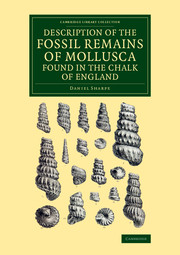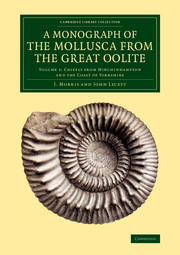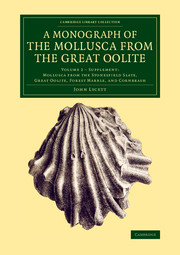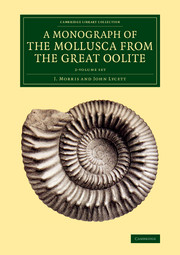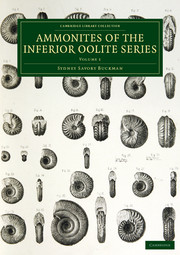Description of the Fossil Remains of Mollusca Found in the Chalk of England
The geologist Daniel Sharpe (1806–56) is best remembered for his pioneering work on cleavage and the effects of tectonics on fossils. Tragically, having just been elected President of the Geological Society of London, he died following a riding accident. The Late Cretaceous Chalk Group contains a rich diversity of cephalopods, including many heteromorph ammonites. The oldest parts of the Chalk, formerly known as the Lower Chalk, yield the greatest diversity of ammonites and nautiloids, whereas the younger parts commonly have belemnites. Originally issued between 1853 and 1857, Sharpe's monograph describes and beautifully illustrates ammonites, nautiloids and belemnites, bringing together new taxa and those previously named by continental authors. A sign of its times, taxa are contained in few genera; for example, the ammonites are assigned to Ammonites. However, this problem is easily resolved by using this work in conjunction with Wright and Wright's 1950 revision.
Product details
No date availablePaperback
9781108081146
150 pages
297 × 210 × 8 mm
0.38kg
29 b/w illus.
Table of Contents
- Introduction
- Belemnites
- Nautilus
- Ammonites
- Aptychus
- Turrilites
- Index.

